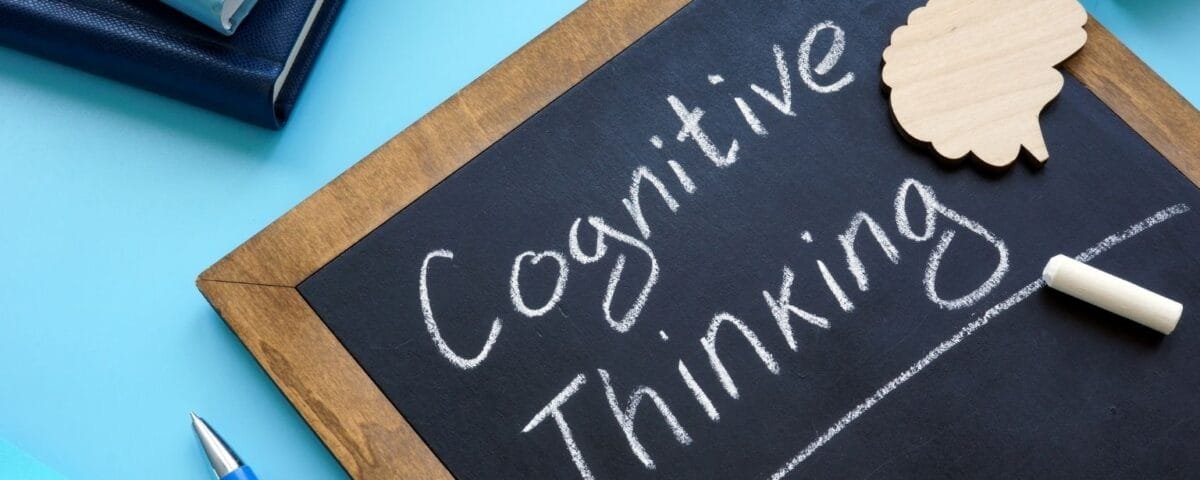
Cognitive Therapy | العلاج المعرفي
What is Cognitive Therapy?
Cognitive Behavioral Therapy (CBT) is a short-term form of psychotherapy that focuses on current issues and is based on the idea that the way an individual thinks and feels influences how they behave.
CBT focuses on solving problems by changing thought patterns, which in turn changes the response to difficult situations. The approach is applicable to a wide range of mental health problems and psychological conditions.
Cognitive Behavioral Therapy is based on the following:
- How does the person think? (Cognition)
- How does the person feel? (Emotion)
- How does the person behave? (Behavior)
All these elements interact with each other, and particularly, the way we think plays an important role in shaping our emotions and behaviors.
Goal of Cognitive Behavioral Therapy
Negative and unrealistic thoughts can cause psychological problems and affect mental health.
When a person experiences psychological distress, their interpretation of the surrounding situations may be inaccurate and distorted, which negatively affects the decisions they make.
The goal of CBT is to help people recognize when they are making negative interpretations and work on changing behavioral patterns that reinforce distorted thinking.
CBT helps individuals develop alternative ways of thinking and acting aimed at reducing their psychological distress.
When is Cognitive Behavioral Therapy Used?
CBT is suitable for children, teenagers, adults, individuals, families, and couples.
CBT has shown significant or moderate effectiveness in treating the following conditions:
- Generalized Anxiety Disorder
- Post-Traumatic Stress Disorder (PTSD)
- General stress and anger issues
- CBT for Anxiety
- CBT for Depression
- CBT for Phobias
- Panic Disorders
- Agoraphobia
- Social Anxiety Disorder
- Eating Disorders
- Marital Difficulties
- Obsessive-Compulsive Disorder (OCD)
- Childhood Anxiety and Depression
CBT may also be effective as an intervention in cases of chronic pain and associated distress.
What to Expect from Cognitive Behavioral Therapy?
Through CBT, a person learns to:
- Identify distressing thoughts related to current problems and determine whether these thoughts are realistic.
- If the thoughts are unrealistic and unhelpful, they will learn skills to change their thinking patterns to better deal with their problems.
Once the person’s perspective becomes more realistic, this will help the therapist determine the appropriate course of action. The patient may also receive homework to do between sessions. This includes exercises to learn how to apply the skills and solutions developed during therapy. For example, a person who feels anxious and reluctant in social situations may be given a homework assignment to prepare for a coffee date with a friend.
Cognitive Behavioral Therapy Techniques
Here are examples of Cognitive Behavioral Therapy techniques:
- Assessment: The therapist teaches the patient how to recognize distorted perceptions through the assessment process. For example, the therapist might uncover distorted ways of thinking, such as making conclusions without considering the situation.
- Self-talk: The patient observes their thoughts and shares them with the therapist. The challenge is then to replace these thoughts with more helpful ones.
- Questions to explore the current state of the patient: CBT closely relates to the person’s current state. The therapist may ask the patient to clarify what is going through their mind at a particular moment to identify distressing thoughts and feelings.
- Thought Recording: The patient writes down negative thoughts and compares them with evidence that disproves these thoughts.
- Engaging in Positive Activities: For example, rewarding oneself by gifting oneself flowers or going for a walk.
The goal of CBT is to involve the patient in their treatment plan so they understand that the best way to improve their life is to modify their thoughts in daily life.

